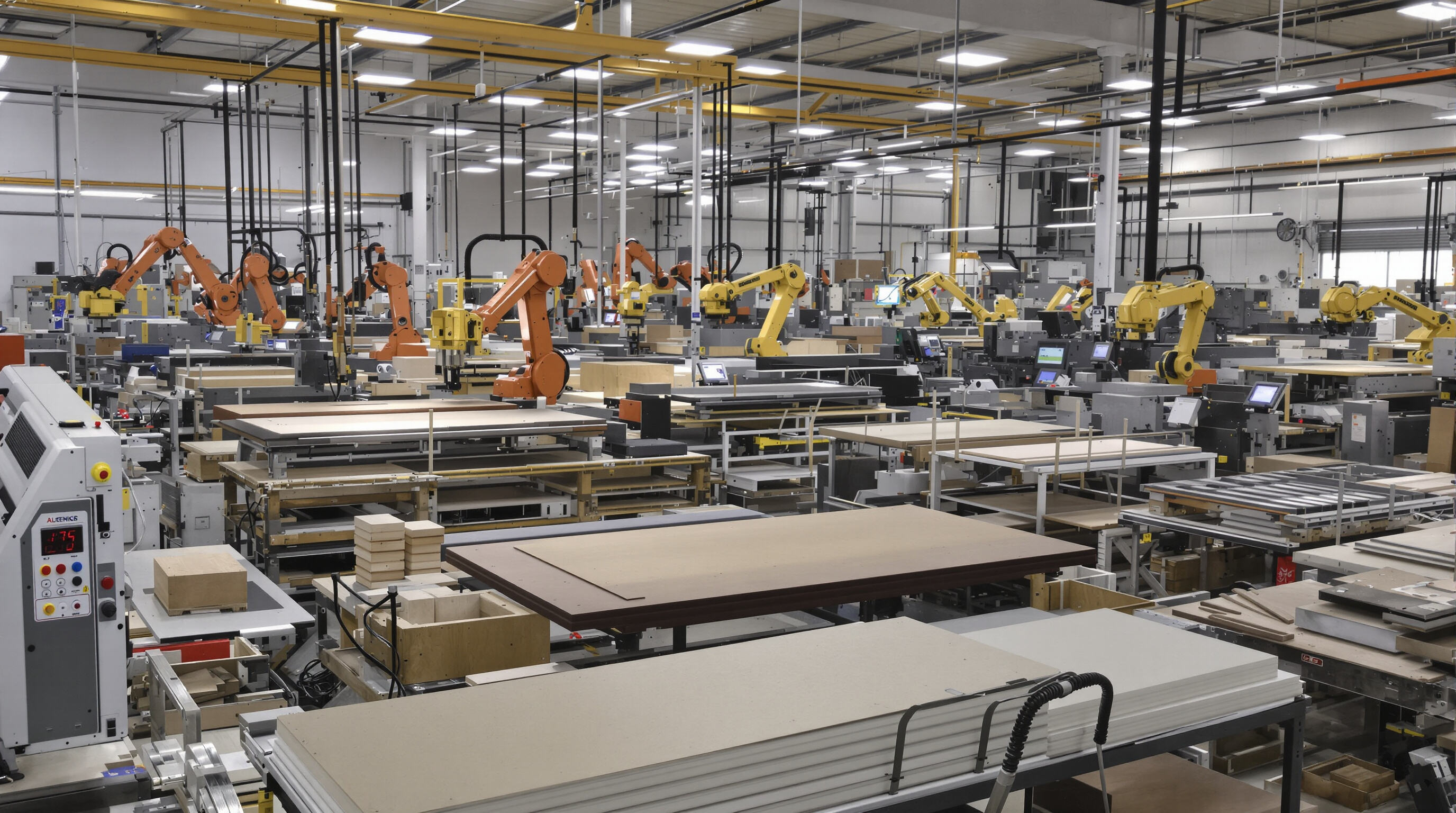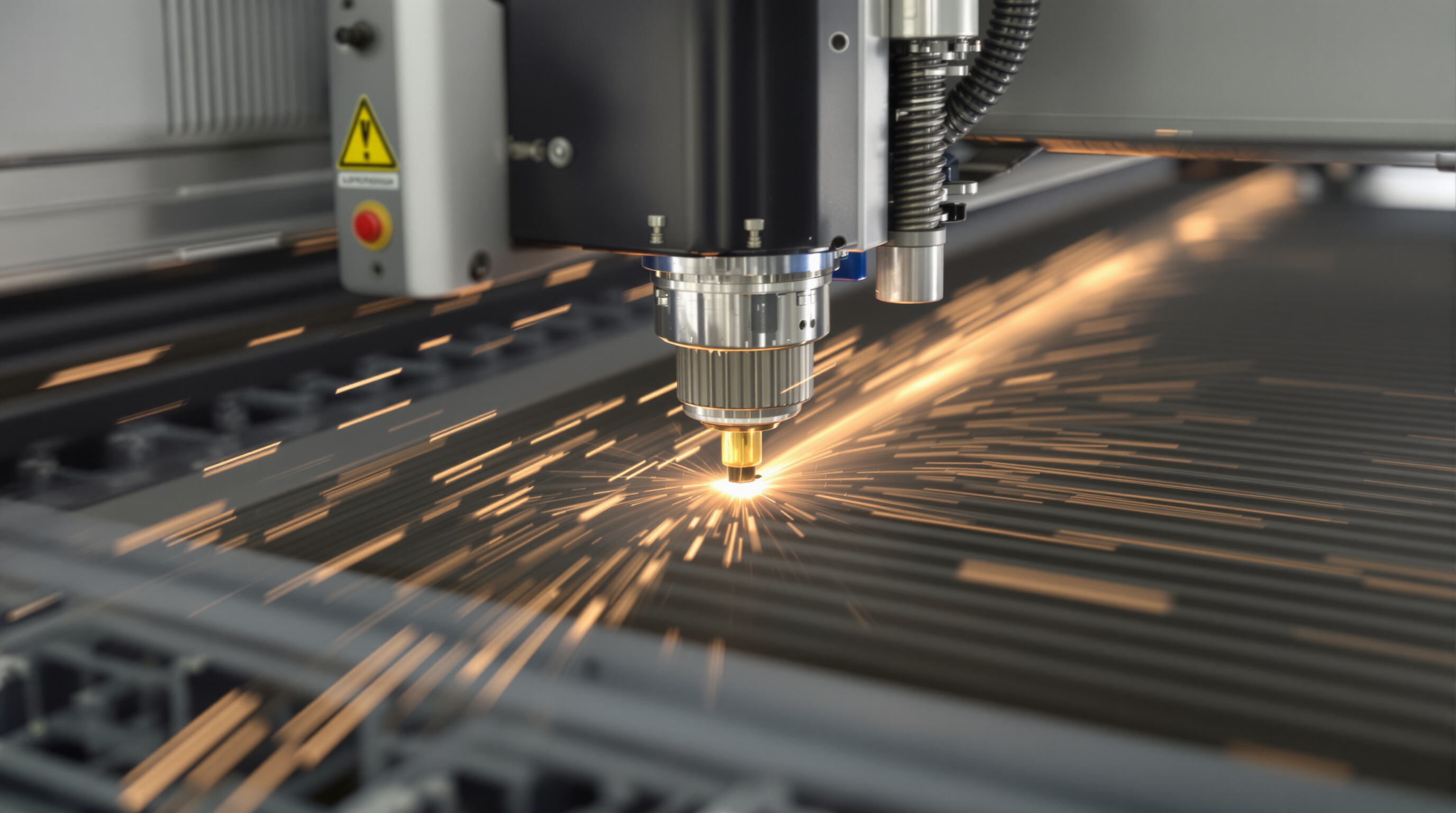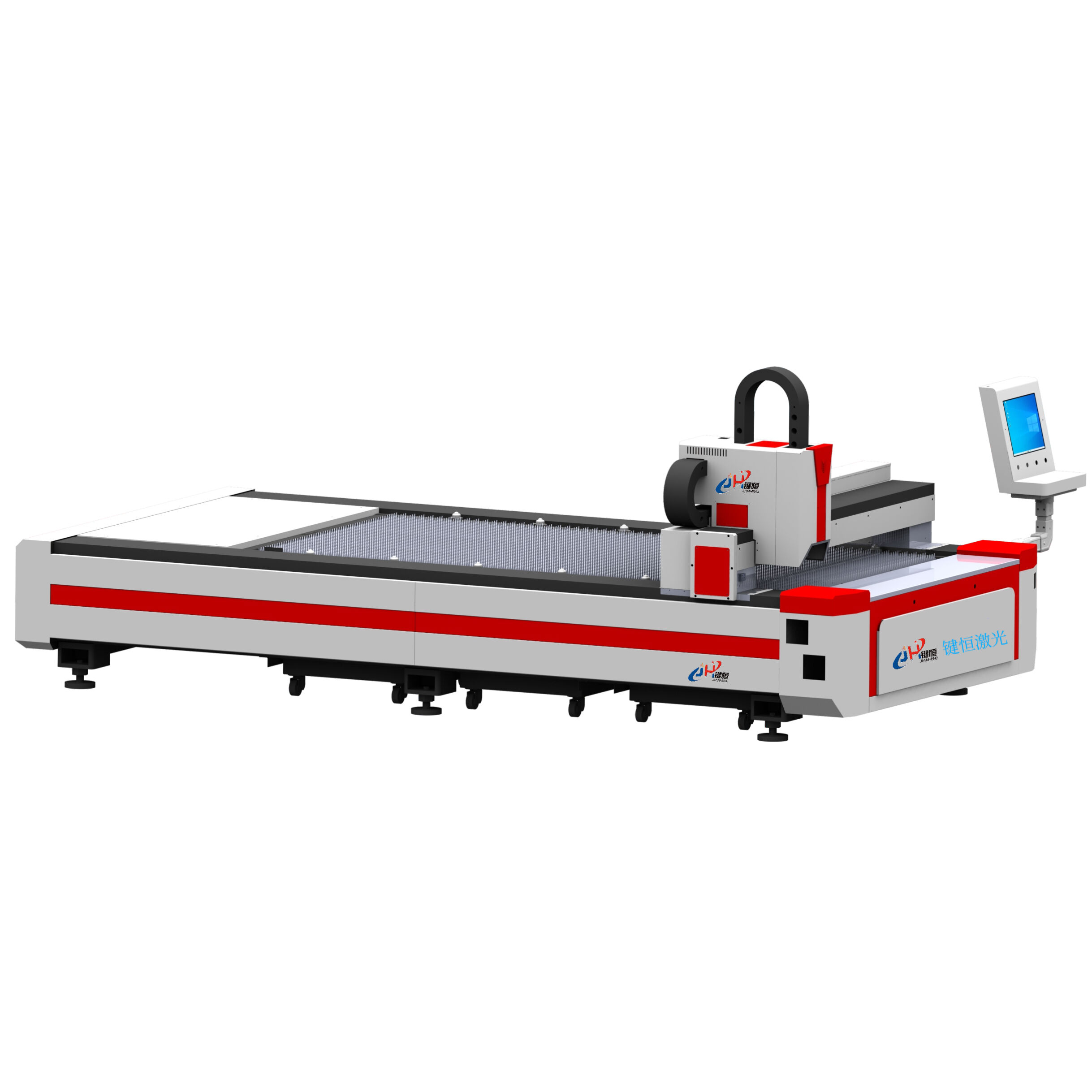Advantages of Laser Cutting Machine in Material Versatility and Industrial Automation

Multi-material processing: Metals, acrylic, wood, and leather with laser cutters
Today's laser cutters can work with all sorts of stuff besides just metal these days. They tackle acrylics, wood, even leather pretty well when set up right. Since there's no actual contact during cutting, materials don't get warped or bent out of shape. And by adjusting things like power levels, cutting speed, and how often the laser pulses, operators can get nice clean edges regardless of how thick the material is. Acrylic sheets come out looking smooth on the sides without any cracks forming. When working with wood, careful control of heat keeps the edges from getting too charred. Leather gets those detailed designs printed right onto it without setting fire to anything. All this flexibility means factories can combine several different manufacturing steps into one automated system instead of running separate machines for each material type.
Fiber vs. CO₂ lasers: Performance in diverse industrial material applications
Fiber lasers excel at cutting reflective metals (copper, brass) and thin-to-medium metal sheets with superior speed and energy efficiency. CO₂ lasers outperform on non-metals like wood, acrylic, and leather due to better wavelength absorption, especially for thicker sections. Key differences include:
| Laser Type | Best For | Cutting Speed | Operational Cost |
|---|---|---|---|
| Fiber | Metals <25mm | Very High | Lower |
| CO₂ | Non-metals | Moderate | Higher |
Balancing precision, speed, and efficiency across automated laser workflows

Laser systems that automate workflow processes really strike a balance between precision, speed, and efficiency thanks to their motion control features and real time monitoring capabilities. Even when running at top speeds of around 150 meters per minute, these machines still keep measurements within just 0.1 millimeters of accuracy. The efficiency boost comes from several factors too. Setup times drop below five minutes when switching between jobs, which saves a ton of downtime. Plus there's about 30 percent less material wasted compared to traditional mechanical cutting methods. What makes these systems stand out is how they consistently deliver quality results day after day without fail, all because of those built in calibration loops that continuously check and adjust performance during long production runs.
Role of laser cutting machines in scalable, flexible manufacturing systems
Laser cutters make scaling up production much easier when connected to automated material handling systems, which can cut down on manual labor needs by around 40%. The machines come with tooling that swaps out quickly and settings that adjust with programming, so manufacturers can switch from one product batch to another almost instantly. This kind of flexibility really helps with just in time manufacturing approaches, even though some shops still struggle with maintenance issues. Most facilities report about 98% machine availability during complex production runs mixing different products, which is why these laser systems have become essential equipment for factories needing to respond fast to changing orders.
Frequently Asked Questions
- What materials can modern laser cutters process? Modern laser cutters can process a range of materials including metals, acrylic, wood, and leather.
- What is the difference between Fiber and CO₂ lasers? Fiber lasers are best for cutting reflective metals and thin metal sheets, providing speed and efficiency. CO₂ lasers are optimal for non-metals like wood and acrylic, especially for thicker sections.
- How do automated laser systems improve manufacturing efficiency? They enhance efficiency by reducing setup times, minimizing material waste, and maintaining high accuracy even at high speeds.
- What role do laser cutters play in scalable manufacturing systems? Laser cutters allow greater flexibility and scalability by integrating with automated material handling systems and quickly adapting to different production needs.
Table of Contents
-
Advantages of Laser Cutting Machine in Material Versatility and Industrial Automation
- Multi-material processing: Metals, acrylic, wood, and leather with laser cutters
- Fiber vs. CO₂ lasers: Performance in diverse industrial material applications
- Balancing precision, speed, and efficiency across automated laser workflows
- Role of laser cutting machines in scalable, flexible manufacturing systems
- Frequently Asked Questions






